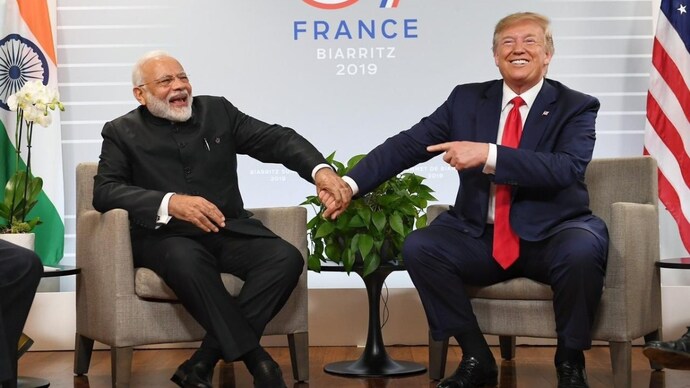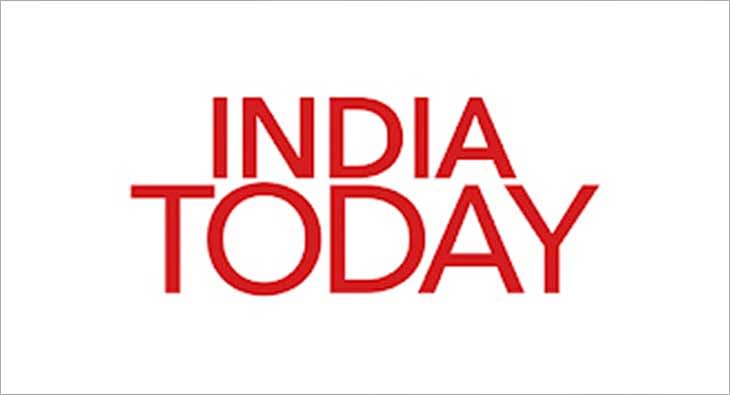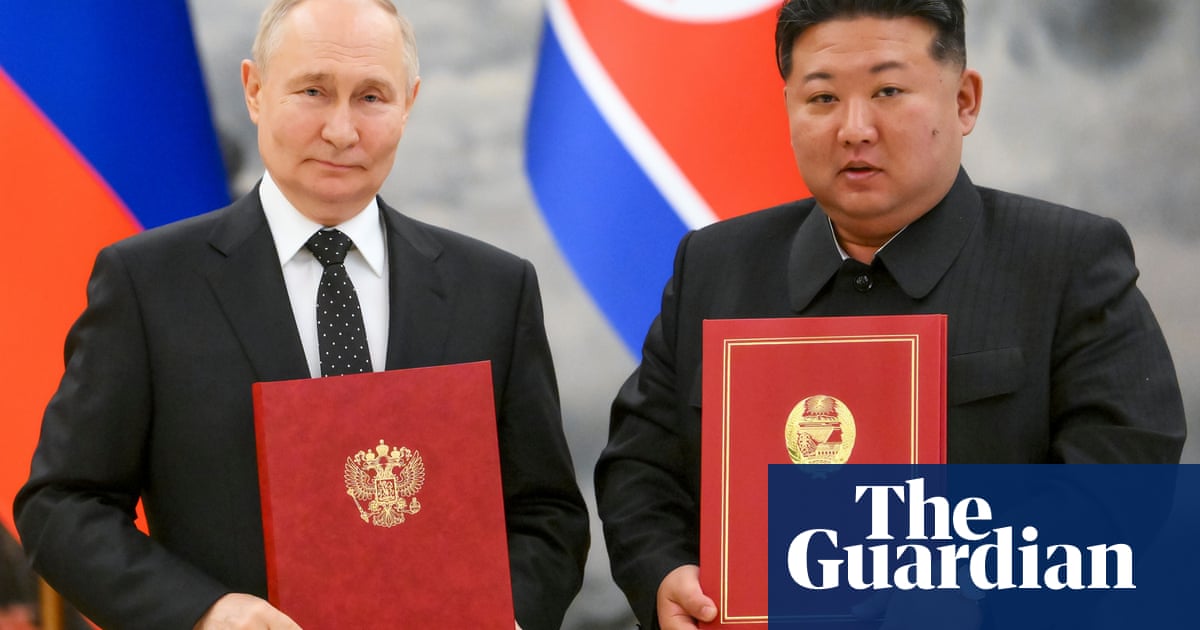As Donald Trump prepares to reenter the White House, India is closely monitoring his foreign policy lineup and agenda. Amid growing global crises—from Ukraine to Gaza and tensions around Taiwan and China—the potential impact on U.S.-India relations is being examined by Indian policymakers, especially given Trump's new picks for key roles in his administration.

Prime Minister Narendra Modi and Donald Trump share a lighter moment at the G7 Summit in 2019. (Photo: X/@narendramodi)
As Donald Trump prepares to reenter the White House, India is closely monitoring his foreign policy lineup and agenda. Amid growing global crises—from Ukraine to Gaza and tensions around Taiwan and China—the potential impact on U.S.-India relations is being examined by Indian policymakers, especially given Trump’s new picks for key roles in his administration: Senator Marco Rubio as Secretary of State and Congressman Mike Waltz as Security Adviser.
Both Rubio and Waltz have consistently supported stronger U.S.-India relations. Rubio recently introduced the U.S.-India Defence Cooperation Act, aiming to elevate India’s ally status and grant it access to advanced U.S. military technology. This act is largely driven by a shared concern over China’s expanding influence in Asia. A provision within the bill even suggests cutting off U.S. aid to Pakistan if it is found to be supporting terrorism against India, highlighting Rubio's firm stance on issues crucial to India’s security. Waltz, who chaired the India Caucus in the House of Representatives, has also advocated for a formal U.S.-India alliance, emphasising security collaboration in the Indo-Pacific to counter China and Pakistan’s influence.
These appointments signal a likely continuation of Trump’s firm policy toward China. Rubio has sponsored legislation aimed at curbing forced labour practices in China, while Waltz has supported measures like boycotting the 2022 Winter Olympics in protest of China’s human rights record. Both are advocates for limiting the reach of Chinese technology companies in the U.S. These actions align well with India’s concerns about China, as escalating U.S.-China tensions have historically nudged India and the U.S. closer together.
A stable U.S.-India alliance under Trump could also offer economic benefits for India, especially as companies seek alternatives to China for manufacturing and supply chains. Rubio and Waltz are vocal about fostering U.S.-India economic cooperation in key areas such as minerals and technology, which could help reduce America’s dependence on Chinese resources.
The Ukraine conflict is another area where Trump’s team may align with India’s interests. Both Rubio and Waltz, along with Trump, have expressed interest in negotiating an end to the conflict, a goal that would alleviate pressure on India to take sides. India has maintained a neutral stance, balancing its historical ties with Russia with its partnerships in the West. A diplomatic solution to the Ukraine crisis would relieve India of this balancing act. However, Waltz has suggested arming Ukraine with advanced strike weapons to press Russia into negotiations, a move that could either bring the conflict to a close or escalate it further.
India may also benefit from a more restrained U.S. approach toward its domestic politics. Unlike the Biden administration, which has occasionally commented on Indian internal affairs, Trump previously refrained from addressing contentious issues like India’s abrogation of Article 370 or the Citizenship Amendment Act. India sees such commentary as interference, and the Biden administration’s recent remarks on India’s 2024 elections and investigations into opposition leaders were not well received. Trump’s approach may allow India more autonomy on internal issues without pressure from Washington.
However, Trump’s unpredictability brings concerns. His past decisions—like negotiating with the Taliban for a U.S. withdrawal from Afghanistan, which was contrary to India’s preferences, and imposing sanctions on Iran that complicated India’s oil trade—left lasting impacts. Similar moves in a second term could destabilise regions critical to India’s interests. Trump’s "America First" trade policies also pose a potential threat; he recently criticised India as an “abuser” of the global trade system due to its high import tariffs, which Trump argues disadvantage U.S. companies. Trump has indicated that he may impose a 20% tariff on all imports into the U.S., which would impact India’s export-heavy economy. Experts estimate that such tariffs could reduce India’s GDP by 0.1% by 2028, affecting economic growth.
Climate change is another area where U.S. policy under Trump could diverge from India’s priorities. Trump has repeatedly dismissed climate change as a “hoax,” and allies like Waltz have called for reducing U.S. troop commitments in Japan and South Korea, moves that could weaken U.S. alliances in Asia and complicate India’s security landscape as China’s military power grows.
Despite the potential for stronger U.S.-India ties through Trump’s pro-India picks, challenges remain. A "Trump 2.0" could bring both opportunities and unpredictability for India, and its long-term impact on Indo-U.S. relations will only become clear over the next four years.
Published By:
indiatodayglobal
Published On:
Nov 14, 2024

 1 week ago
1 week ago



















